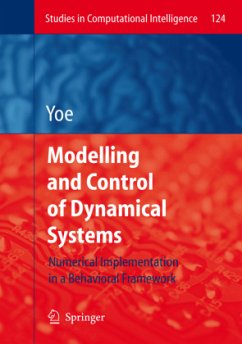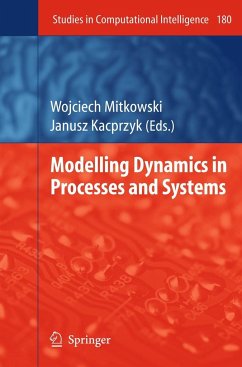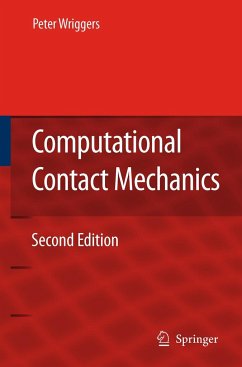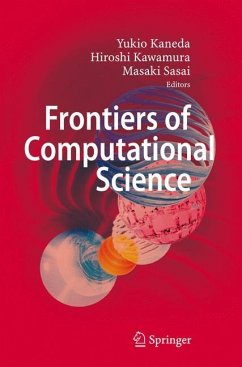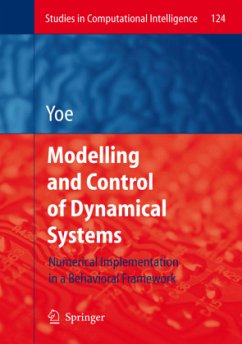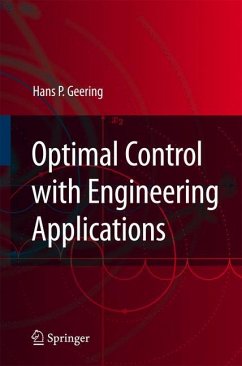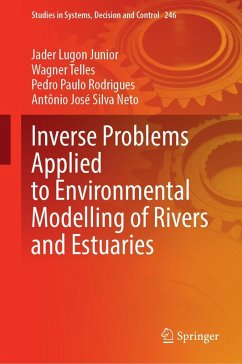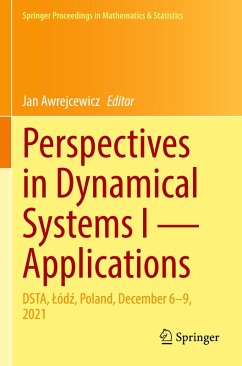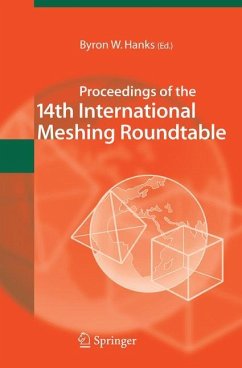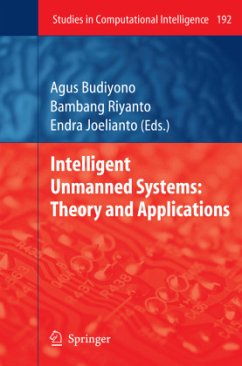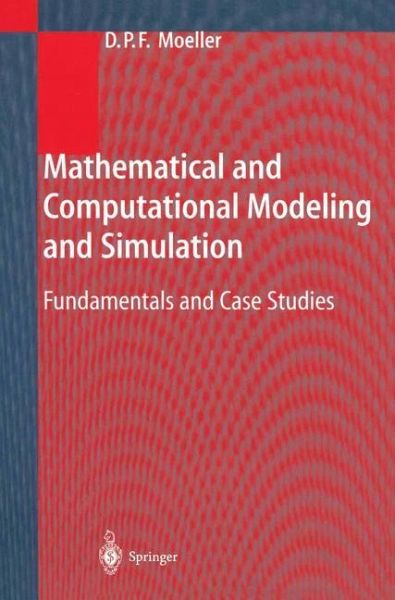
Mathematical and Computational Modeling and Simulation
Fundamentals and Case Studies

PAYBACK Punkte
19 °P sammeln!
Mathematical and Computational Modeling and Simulation - a highly multi-disciplinary field with ubiquitous applications in science and engineering - is one of the key enabling technologies of the 21st century. This book introduces the reader to the use of mathematical and computational modeling and simulation in order to develop an understanding of the solution characteristics of a broad class of real-world problems. The relevant basic and advanced methodologies are explained in detail, with special emphasis on ill-defined problems. Some 15 simulation systems are presented on the language and ...
Mathematical and Computational Modeling and Simulation - a highly multi-disciplinary field with ubiquitous applications in science and engineering - is one of the key enabling technologies of the 21st century. This book introduces the reader to the use of mathematical and computational modeling and simulation in order to develop an understanding of the solution characteristics of a broad class of real-world problems. The relevant basic and advanced methodologies are explained in detail, with special emphasis on ill-defined problems. Some 15 simulation systems are presented on the language and the logical level. Moreover, the reader can accumulate experience by studying a wide variety of case studies. The latter are briefly described within the book but their full versions as well as some simulation software demos are available on the Web. The book can be used for university courses of different levels as well as for self-study. Advanced sections are marked and can be skipped in a first reading or in undergraduate courses.





